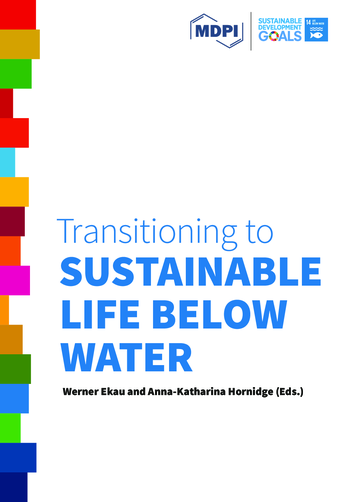Ocean Pollution--A Selection of Anthropogenic Implications
Abstract: The number of chemicals that have a detrimental influence on the world’s marine systems is almost uncountable. Some of them, e.g., mercury and its organic compounds, have to an extent always been part of global cycles, but have been released in far greater amounts since the beginning of the Industrial Revolution in the late 18th century. Others, such as pharmaceuticals, persistent organic pollutants (POPs) and microplastics, have emerged only during the last 100 years, but in alarming proportions. Their influence on marine ecosystems is often very poorly understood. Sources are as diverse as the substances are: sewage water (e.g., pharmaceuticals and microplastics), atmospheric release (e.g., metals and POPs) and even intentional dumping of waste (e.g., munitions and metals). Many of these substances can be found even in pristine areas such as the deep-sea Mariana trench or the perpetual ice of the Arctic. While problematic on their own, it seems that some of these compounds interfere with each other. Microplastics, for example, are discussed as a vector for hydrophobic organic components such as POPs, metals and microbiota. This chapter provides an overview on the topics of microplastics, persistent organic pollutants, metals, munitions, and pharmaceuticals. The condition of the Baltic Sea, which is considered the most polluted sea in the world, is given as an example. These pollutants serve as representative and well-recognized contaminants, which are gaining more public attention. It is intended to serve as an introduction to further research on ecotoxicologically relevant chemicals.
